Home>Technology>Smart Home Devices>What Permission Must A User Have To Print To A Printer?
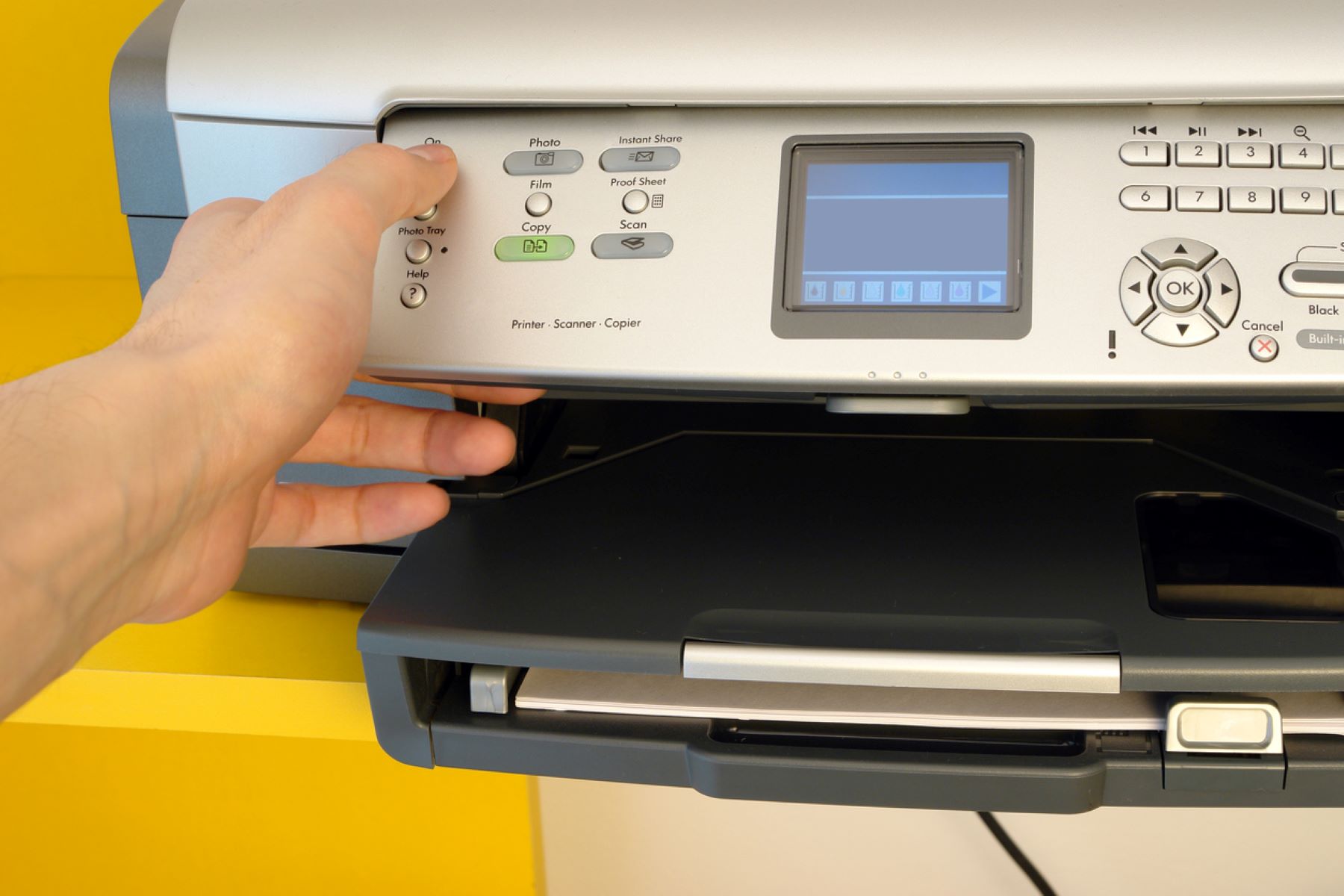

Smart Home Devices
What Permission Must A User Have To Print To A Printer?
Published: January 7, 2024
To print to a printer, a user must have the necessary permissions. Learn about printing requirements for smart home devices.
(Many of the links in this article redirect to a specific reviewed product. Your purchase of these products through affiliate links helps to generate commission for Storables.com, at no extra cost. Learn more)
Introduction
Welcome to the world of printing, where the seamless interaction between users and printers hinges on a vital aspect: permissions. Understanding printer permissions is crucial for ensuring that users can efficiently send print jobs to the intended printers without encountering unnecessary obstacles. In this article, we will delve into the intricacies of printer permissions, exploring the various user permission levels and providing insights into how to set and troubleshoot printer permissions.
Printers play a pivotal role in both home and office environments, and the ability to print documents, images, and other materials is a fundamental requirement for many users. However, the process of printing is not just about clicking the “Print” button; it also involves navigating through the permissions landscape to ensure that the user has the necessary access rights to send print jobs to a specific printer.
By gaining a comprehensive understanding of printer permissions and user access levels, individuals can effectively manage and troubleshoot printing issues, thereby enhancing their overall printing experience. So, let’s embark on this journey to unravel the mysteries of printer permissions and empower users to print with confidence and ease.
Key Takeaways:
- Printer permissions are like keys to a secret printing club, ensuring that users have the right access to send print jobs and manage printers. Understanding and setting these permissions is crucial for a smooth printing experience.
- Troubleshooting printer permission issues is like solving a puzzle to restore printing magic. By paying attention to error messages, reviewing user access, and managing print queues, users and administrators can keep the printing adventure running smoothly.
Understanding Printer Permissions
Printer permissions refer to the access rights granted to users, allowing them to interact with and utilize printers within a networked or local environment. These permissions dictate the actions that a user can perform in relation to a printer, such as sending print jobs, managing print queues, and configuring printer settings. Understanding printer permissions involves grasping the intricacies of user access levels, security settings, and the overall printing infrastructure.
When a user attempts to print a document, the system checks their permissions to determine whether they have the necessary rights to access and utilize the designated printer. If the user’s permissions align with the requirements, the print job is processed and sent to the printer. However, if the user lacks the essential permissions, they may encounter errors or be unable to print altogether.
Printer permissions are essential for maintaining security and control over printing activities. By assigning specific permissions to users or user groups, organizations can regulate who can print, manage printers, and perform advanced configurations. This level of control helps prevent unauthorized access to printers and safeguards sensitive or confidential information from being printed without proper authorization.
Furthermore, understanding printer permissions involves recognizing the distinction between local and networked printers. Local printer permissions pertain to printers directly connected to a user’s device, while networked printer permissions revolve around printers shared across a network, often within an organization or household. The nuances of managing permissions for these different types of printers contribute to a holistic understanding of printer access control.
Overall, comprehending printer permissions entails acknowledging their role in governing user interactions with printers, the significance of security measures in permission management, and the implications of local and networked printing environments on access control.
User Permission Levels
When it comes to interacting with printers, users are typically assigned specific permission levels that dictate their capabilities and access rights. These permission levels are instrumental in regulating user actions related to printing, ensuring that individuals can perform tasks in accordance with their roles and responsibilities. Understanding the various user permission levels is essential for effectively managing printer access and optimizing the printing experience.
1. Standard User: Standard users possess basic printing permissions, allowing them to send print jobs to designated printers and manage their own print queues. However, they may be restricted from modifying printer settings, adding new printers, or accessing advanced print management functionalities. This level of access is suitable for general users who primarily engage in standard printing tasks without requiring extensive administrative control.
2. Printer Operator: Printer operators are granted elevated permissions that enable them to manage print queues, pause or resume print jobs, and perform limited printer configuration tasks. This level of access is suitable for individuals responsible for overseeing printing activities within a specific department or workgroup, allowing them to address basic print-related issues and ensure the smooth operation of designated printers.
3. Printer Administrator: Printer administrators wield comprehensive control over printer settings, print queues, and printer management functions. They have the authority to add new printers, configure advanced printing options, and manage printer permissions for other users. This elevated access level is typically assigned to IT personnel or designated administrators responsible for overseeing the organization’s printing infrastructure.
4. System Administrator: System administrators hold the highest level of printer permissions, encompassing broad control over the entire printing environment. In addition to managing printers and print queues, system administrators can implement global printing policies, configure print server settings, and enforce security measures to safeguard the printing infrastructure. This level of access is reserved for individuals tasked with overseeing the organization’s overall IT infrastructure and ensuring the seamless operation of all networked resources, including printers.
Understanding the distinct permission levels empowers organizations to tailor printer access rights to align with specific job roles and responsibilities. By assigning appropriate permission levels to users, organizations can streamline printing operations, enforce security protocols, and facilitate efficient print management across diverse user groups.
To print to a printer, a user must have the “Print” permission assigned to their user account. This permission allows the user to send documents to the printer for printing.
Setting Printer Permissions
Configuring printer permissions involves the strategic assignment of access rights to users or user groups, enabling them to interact with printers in accordance with their roles and responsibilities. By setting printer permissions, organizations can establish a structured framework for managing printer access, enforcing security measures, and optimizing the utilization of printing resources.
1. User Group Assignment: One approach to setting printer permissions involves organizing users into distinct groups based on their operational requirements. By creating user groups such as “Marketing Team” or “Finance Department,” administrators can assign tailored permissions to each group, streamlining the management of printer access across departments or functional units. This method simplifies the process of granting permissions to multiple users with similar printing needs and facilitates centralized permission management.
2. Role-Based Permissions: Aligning printer permissions with specific job roles enables organizations to customize access rights according to individual responsibilities. For example, individuals in managerial positions may require elevated permissions to manage print queues and configure printer settings, while standard users may only need basic printing permissions. By mapping permissions to job roles, organizations can ensure that users have the necessary access to fulfill their printing-related duties without granting excessive privileges.
3. Security Settings: Implementing security settings as part of printer permissions is essential for safeguarding printing activities and preventing unauthorized access. This includes configuring user authentication mechanisms, such as PIN codes or proximity card readers, to control access to printers. Additionally, encryption protocols and access control lists can be employed to protect sensitive print data and regulate user interactions with printers, bolstering overall security within the printing environment.
4. Print Management Software: Leveraging print management software provides advanced capabilities for setting and managing printer permissions. These tools offer centralized control over printer access, allowing administrators to define granular permissions, monitor printing activities, and generate comprehensive reports on user interactions with printers. Print management software streamlines the process of configuring and enforcing printer permissions, enhancing the overall governance of printing operations within an organization.
By diligently setting printer permissions, organizations can foster a secure and efficient printing ecosystem, aligning user access rights with operational requirements and regulatory standards. This proactive approach to permission management contributes to streamlined print workflows, enhanced data security, and optimized utilization of printing resources, ultimately bolstering the overall efficiency and integrity of the printing infrastructure.
Troubleshooting Printer Permission Issues
Encountering printer permission issues can disrupt the seamless flow of printing activities and impede users from effectively utilizing designated printers. Resolving these issues requires a systematic approach to troubleshooting, encompassing various strategies for identifying and addressing permission-related challenges. By navigating through common printer permission issues and implementing targeted solutions, users and administrators can restore printing functionality and minimize disruptions within the printing environment.
1. Permission Error Messages: When users encounter permission-related errors while attempting to print, it is essential to pay attention to the specific error messages displayed. These messages often provide insights into the nature of the permission issue, such as insufficient access rights or authentication failures. By analyzing the error messages, users can gain clarity on the underlying permission challenges and proceed with targeted troubleshooting steps.
2. User Access Review: Administrators should review the permissions assigned to individual users or user groups to ensure that they align with the users’ operational requirements. This involves verifying user group assignments, role-based permissions, and security settings to identify any discrepancies or misconfigurations that may be impeding users from accessing printers or performing printing tasks. Adjusting permissions based on user roles and responsibilities can alleviate access issues and enhance the overall user experience.
3. Printer Sharing Settings: In networked printing environments, verifying printer sharing settings is crucial for addressing permission issues. Administrators should confirm that printers are correctly shared across the network and that users have the necessary permissions to access shared printers. Additionally, ensuring that network permissions and access control settings are configured in alignment with organizational policies can mitigate permission-related obstacles encountered when attempting to print to networked printers.
4. Security Protocol Compliance: Troubleshooting permission issues may involve evaluating the adherence to security protocols within the printing environment. This includes verifying user authentication mechanisms, encryption settings, and access control measures to confirm that they are functioning as intended. Addressing security protocol compliance issues can resolve permission-related errors stemming from authentication failures or security restrictions that hinder user interactions with printers.
5. Print Queue Management: Examining and managing print queues can aid in troubleshooting permission issues, particularly when users experience difficulties with print job submissions or print queue access. Clearing stuck print jobs, resolving print spooler errors, and ensuring that users have the necessary permissions to manage print queues can alleviate common permission-related printing challenges.
By systematically troubleshooting printer permission issues, users and administrators can identify and resolve barriers that obstruct the seamless utilization of printers. This proactive approach to resolving permission-related challenges fosters a more reliable and user-friendly printing environment, ultimately enhancing productivity and user satisfaction across diverse printing scenarios.
Read more: What Must A Hand Sink Have
Conclusion
As we conclude our exploration of printer permissions, it becomes evident that these access rights play a pivotal role in shaping the user experience and operational efficiency within printing environments. Understanding printer permissions empowers users and administrators to navigate the complexities of access control, security measures, and user management, ultimately fostering a seamless and secure printing ecosystem.
By comprehending the nuances of user permission levels, organizations can tailor access rights to align with specific job roles and responsibilities, optimizing the utilization of printing resources while upholding security protocols. The strategic setting of printer permissions enables administrators to establish a structured framework for managing printer access, streamlining user interactions with printers, and enforcing security measures to safeguard printing activities.
Moreover, troubleshooting printer permission issues requires a methodical approach, encompassing the identification of common challenges and the implementation of targeted solutions to restore printing functionality. By addressing permission-related obstacles, users and administrators can mitigate disruptions, enhance productivity, and ensure a reliable and user-friendly printing experience across diverse scenarios.
As the realm of printing continues to evolve, the significance of printer permissions in governing user interactions with printers and regulating access to printing resources remains paramount. By embracing a proactive approach to permission management and troubleshooting, organizations can bolster the integrity of their printing infrastructure, foster operational efficiency, and elevate the overall user experience within printing environments.
In essence, printer permissions serve as the cornerstone of a well-orchestrated printing ecosystem, where access rights, security measures, and user management converge to facilitate seamless, secure, and efficient printing operations. By embracing a holistic understanding of printer permissions and implementing best practices for permission management and troubleshooting, users and organizations can unlock the full potential of their printing infrastructure, ensuring that printing remains a reliable and indispensable facet of modern productivity and communication.
Frequently Asked Questions about What Permission Must A User Have To Print To A Printer?
Was this page helpful?
At Storables.com, we guarantee accurate and reliable information. Our content, validated by Expert Board Contributors, is crafted following stringent Editorial Policies. We're committed to providing you with well-researched, expert-backed insights for all your informational needs.


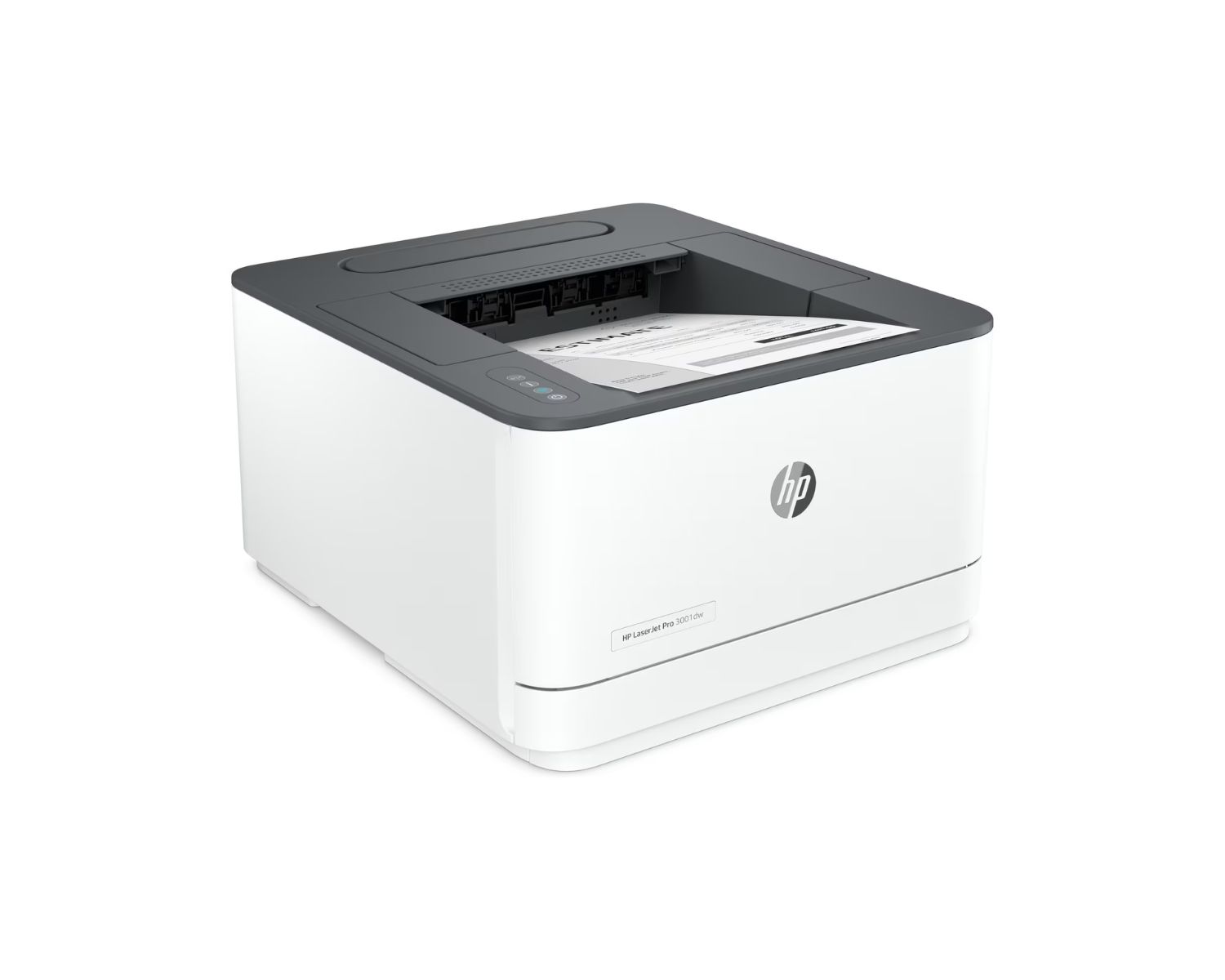
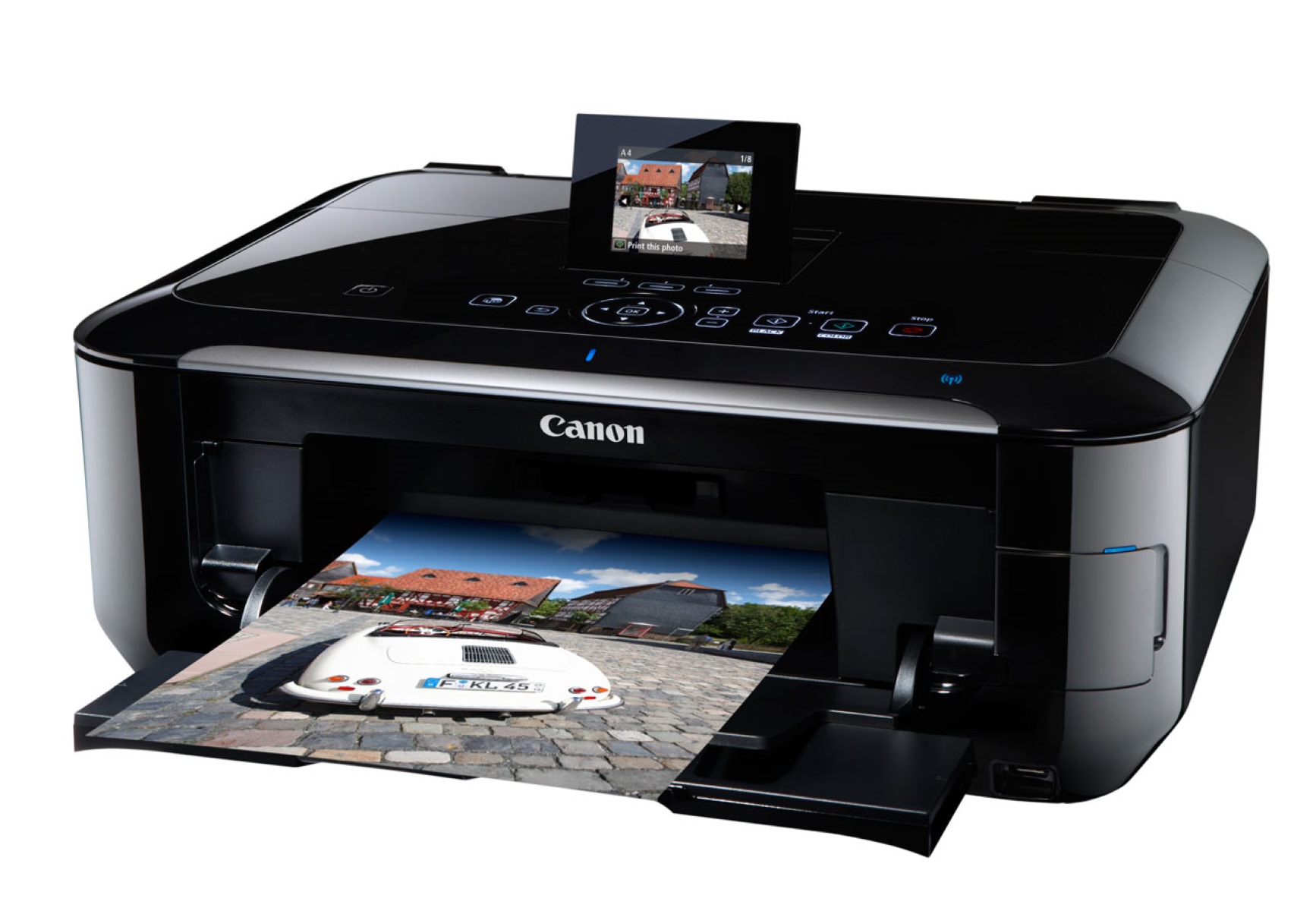

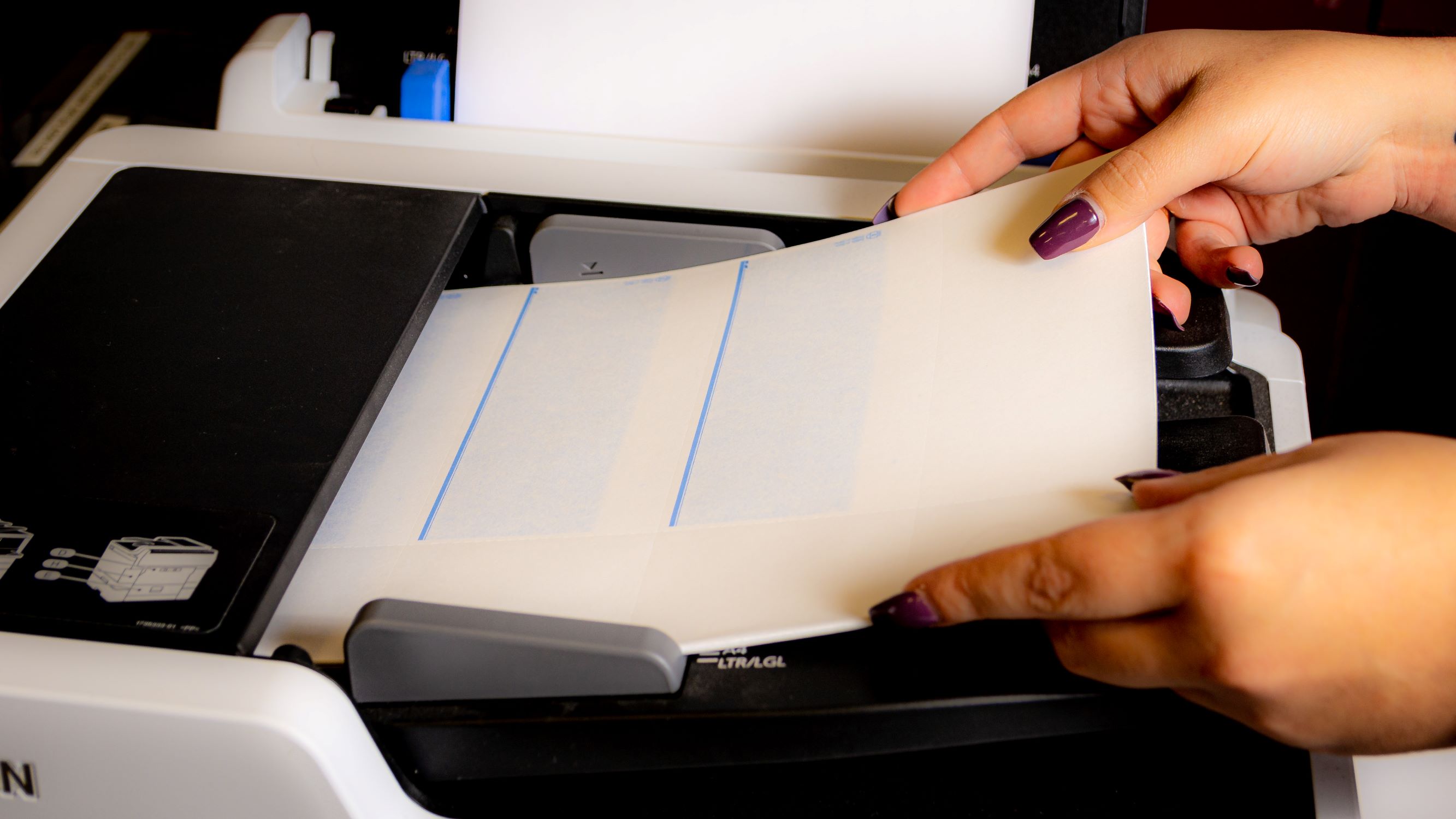

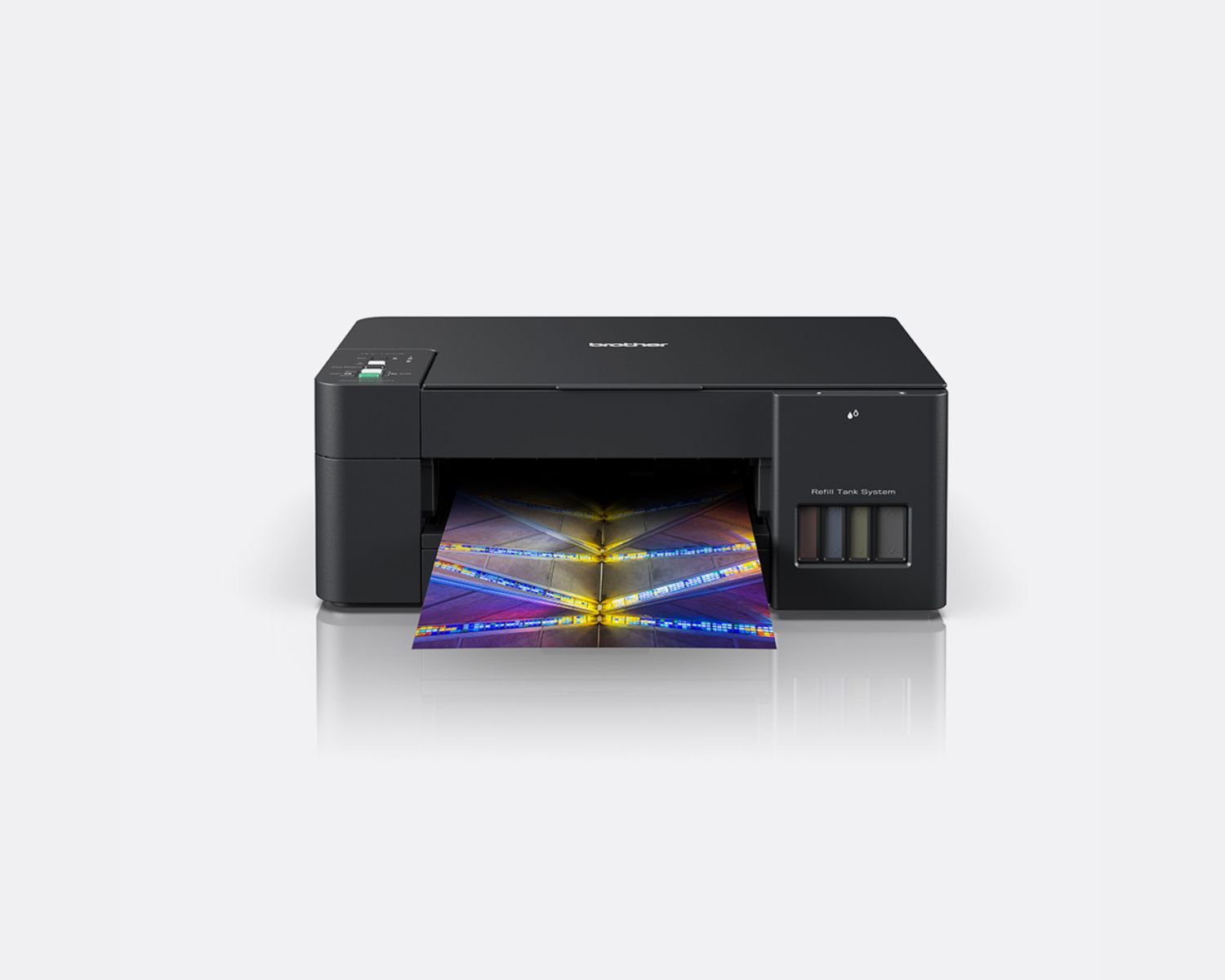


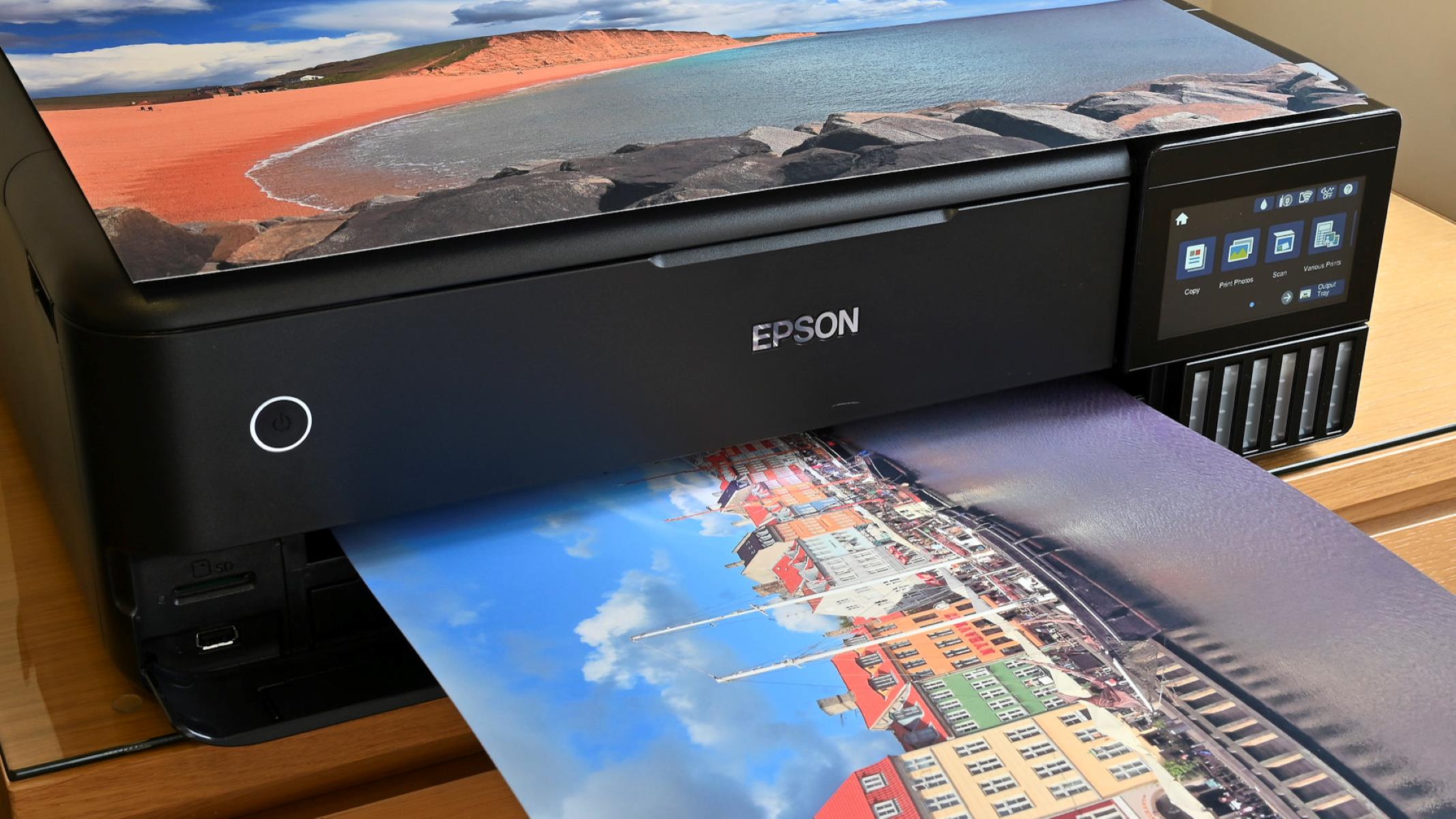
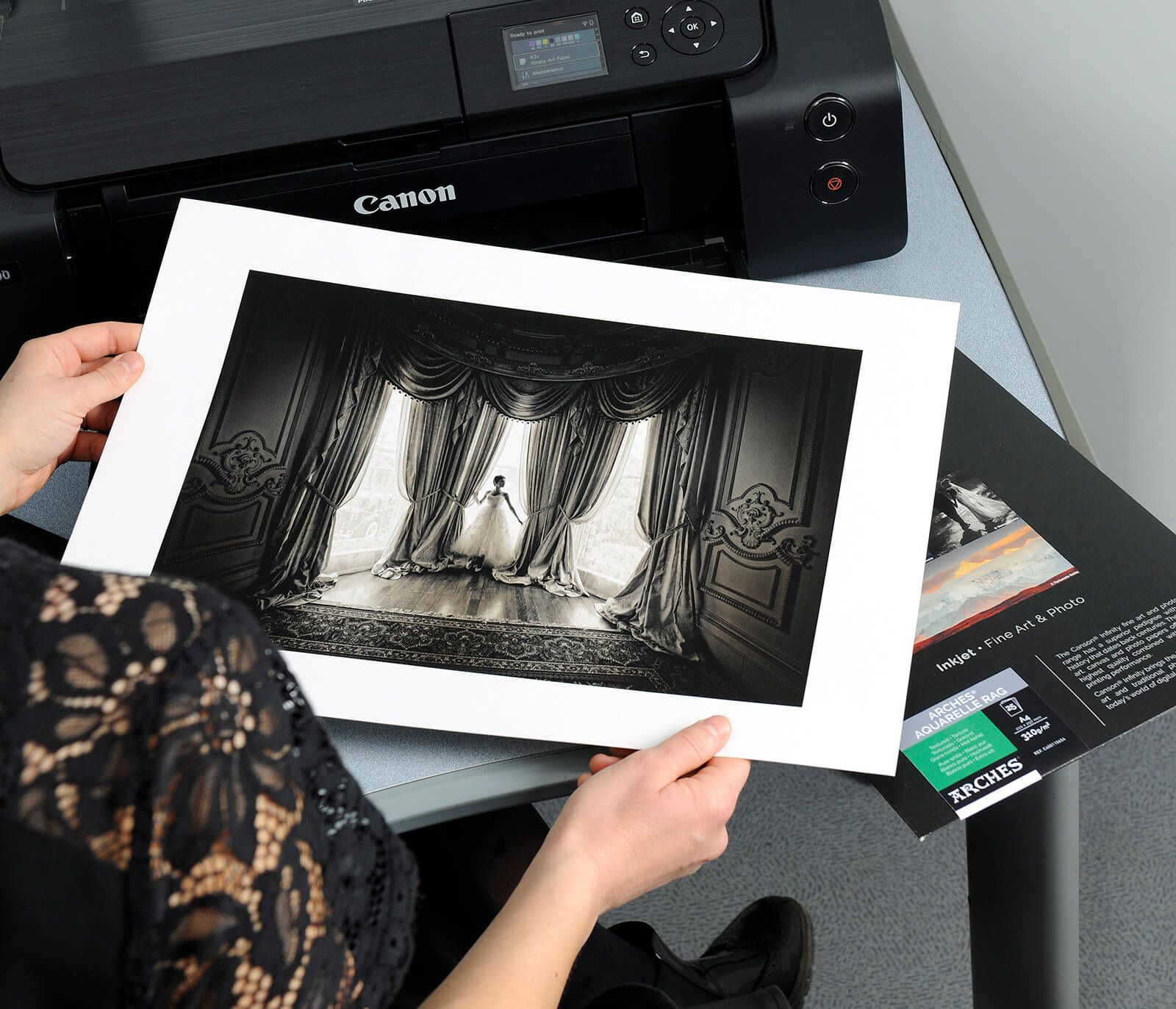
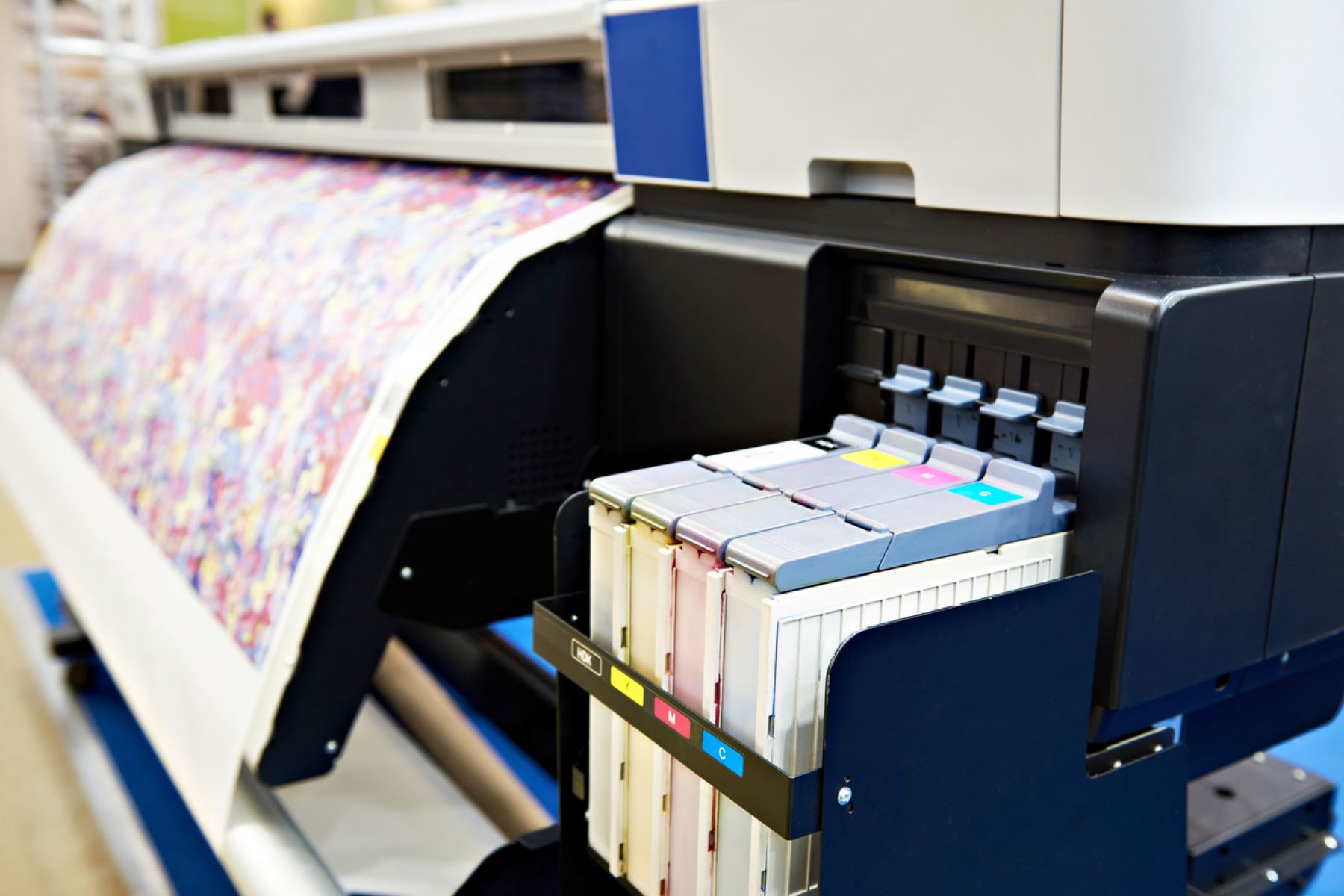


0 thoughts on “What Permission Must A User Have To Print To A Printer?”